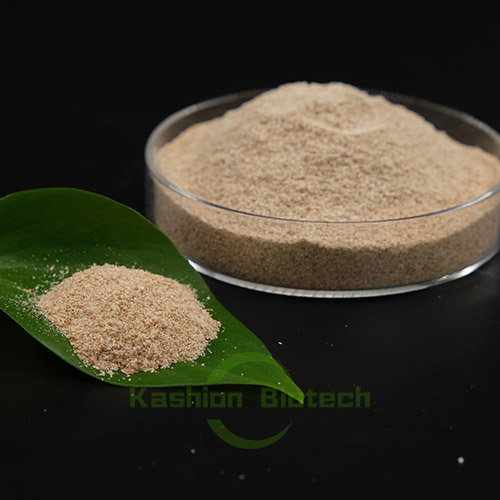
Home Products Sewage Treatment Bacteria Petrochemical Wastewater Treatment Beneficial bacteria microbial treatment

1. Generation of waste water
Fermentation biopharmaceuticals is to ferment, filter and refine organic materials such as grain into pharmaceutical products through the life activities of microorganisms. Such drugs include antibiotics, vitamins, amino acids, accounting, organic acids, coenzymes, enzyme inhibitors, hormones, immune regulatory substances and other physiological activity substances.
(1) Main production process drainage: Such drainage includes waste filtrate, waste mother liquid, solvent recovery residual liquid, etc. The main characteristics of this kind of wastewater are high pollution concentration, large fluctuation of PH value and large residue of pharmaceutical components. Although its water quantity is not necessarily large, it is difficult to treat because of its high pollutant content and COD value.
(2) Drainage of auxiliary production process: including cold water, cooling water of power equipment, water ring vacuum equipment drainage, condensate water of distillation equipment, etc. The concentration of such pollutants in drainage is low, but the amount of water is large and seasonal, which also varies greatly among enterprises.
(3) Washing water: it mainly includes washing water of container equipment, washing water of filtration equipment, washing water of ion exchange equipment, washing water of workshop floor, etc. Such drainage properties vary greatly. For example, the concentration of suspended substances in the washing water of filtration equipment is very good, and it will become an important pollution source if it is not properly controlled.
2. Pollution characteristics
The main characteristics of fermentation biopharmaceutical wastewater are as follows:
(1) There are many discharge nodes and different pollution levels, which is conducive to cleaning and diversion.
(2) The concentration of pollutants is high, such as waste mother liquor, waste filtrate and other COD values are generally above 10,000 mg/L, and some enterprises even above 100,000 mg/L.
(3) Intermittent discharge of high concentration wastewater, the property changes greatly, and the required volume of regulating tank is large.
(4) The wastewater contains substances that are difficult to degrade organic matter and even inhibit microorganisms. When demulsifier, defoaming agent, oxalate and residual antibiotic are added to a certain concentration in the production process, the activity of microorganisms will be inhibited.
(5) High nitrogen content. Nitrogen in fermentation biopharmaceutical wastewater mainly exists in the form of organic nitrogen and ammonia nitrogen. Ammonia nitrogen is often not up to standard after ordinary biological treatment, and sometimes ammonia nitrogen even increases instead of decreasing. The BOD5/N of fermentation waste liquid is generally between 1-4, which has a big gap with the nutritional requirements of biological treatment, and seriously affects the growth and metabolism of microorganisms.
(6) High sulfate concentration. Ammonium sulfate is one of the fermentation sources, and sulfuric acid is the PH regulator in the process of refining and refining. A large amount of ammonium sulfate and sulfuric acid is easy to cause high sulfate concentration in wastewater, which brings great difficulties to anaerobic and aerobic treatment.
(7) The chromaticity of fermentation biopharmaceutical wastewater is generally high.
Name: Nicole Yu
Mobile:+86 17718148007
Tel:+86 17718148007
Whatsapp:8617718148007
Email:sales@kashionbiotech.com
Add:No.6, Zhanxi Road, Yaohai District, Hefei City, Anhui Province, China.